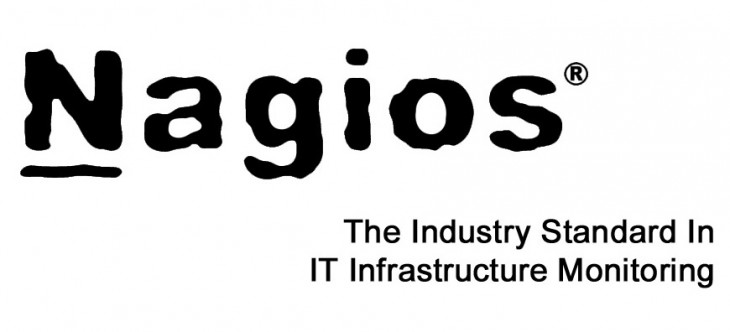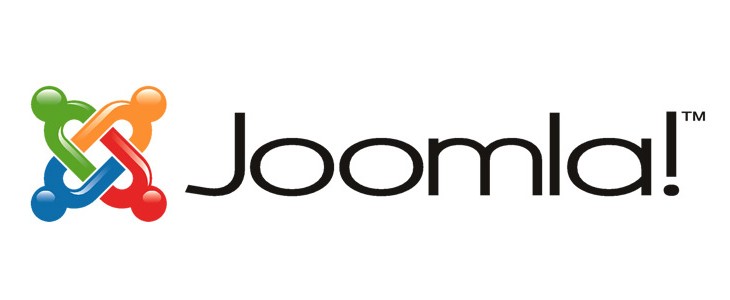
Learn how to resize (extend and reduce) non-LVM partition and filesystem on CentOS 6 Linux with fdisk and resize2fs without loosing your data.

Learn how to resize (extend and reduce) non-LVM partition and filesystem on CentOS 6 Linux with fdisk and resize2fs without loosing your data.

Read this quick tutorial to learn how to manage Linux Cluster Resources (resource constraints) and Linux Cluster Nodes (cluster node modes) on CentOS 6.

Learn how to install Nginx web server with PHP 5.5 and FastCGI on CentOS 6 Linux. Download an automated GeekPeek.Net bash install scripts.Learn how to install and configure Nginx, PHP 5.5 and FastCGI on CentOS 6.
by
Mitch
Comments are off

Learn how to use IP aliasing on CentOS 6. IP alias / IP aliasing is assigning multiple IP addresses to a single physical network interface.

Learn how to add and delete Pacemaker Linux Cluster Resources and how to check Linux Cluster status and configuration using CRM Shell.

Nagios Core 4.0.0. has been released! Follow this Step-by-Step guide on how to install Nagios Core 4.0.0. on CentOS 6 or download an automated bash script.

Got “NRPE: Unable to read output” error in Nagios and do not know what exactly it means and how to fix it? Read this post and learn how to fix it!

Learn Step-by-Step how to install Joomla CMS on CentOS 6. Do it the easy way, download an automated Joomla installation GeekPeek.Net bash script.

Learn How To install and configure High Availability Linux Cluster on CentOS 6. Step-by-Step guide on how to install and configure Corosync and Pacemaker.

Nagios Is The Industry Standard In IT Infrastructure Monitoring. Learn how to convert Nagios Log Unix Timestamp to human friendly and readable format.